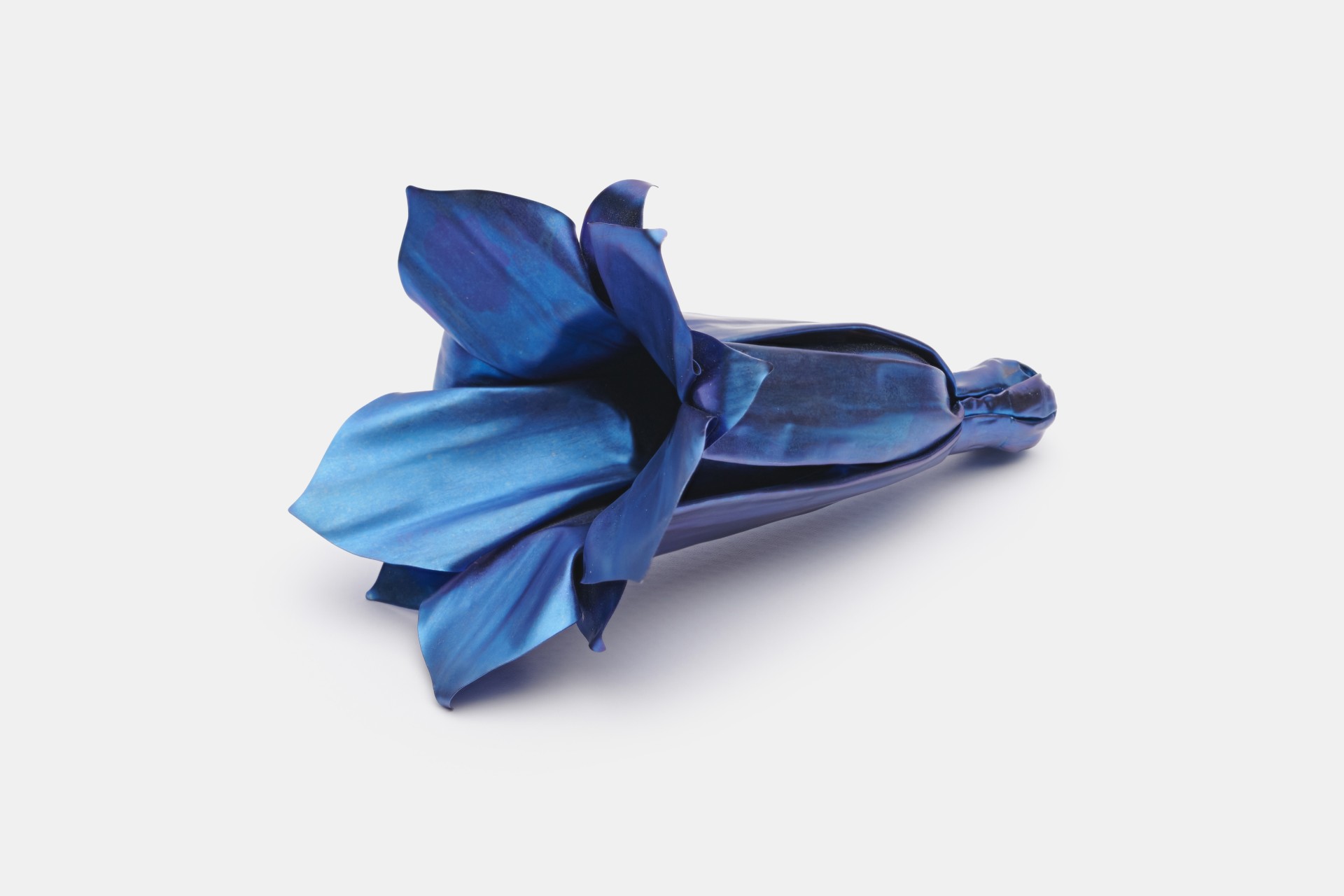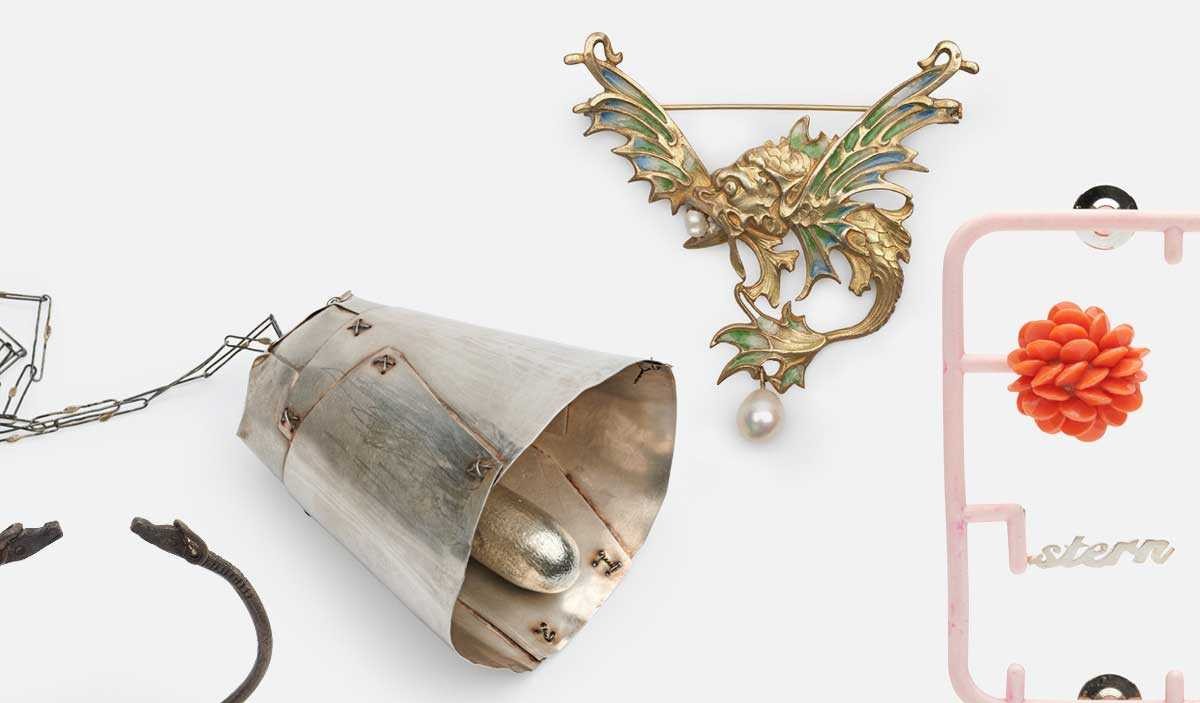Inspired by nature – Flora

The plant world provides an inexhaustible treasure trove of motifs for use in jewellery design, whether as flora translated into abstract decoration or as plants reproduced in lifelike detail or because of their traditional symbolic content. Motifs such as the palmetto, the acanthus leaf and the laurel branch or wreath look back on ancient tradition.
In the Middle Ages plants played a major role in connection with Marian symbolism, representing the gardens of Heavenly Paradise and the therapeutic powers imputed to them. Scientific study of collections of dried and pressed plants, known as herbaria, arose concomitantly with the establishment of botanic gardens in the sixteenth century, a development that also had an impact on jewellery design. Botanic gardens flourished in the late nineteenth century, greatly augmented by colonialism, which brought exotic plants to Europe, some of them by illegal means.
Around 1900 an image of the natural environment emerged that centred on femininity and the transmutation of natural shapes into ornament. The study of Japanese art and the flora native to Japan influenced jewellery design. The canon of motifs drawn from nature was thus considerably expanded to include gingko leaves, orchids, lotus flowers, chrysanthemums and anemones.
